As my incredibly knowledgeable associate, Mike Stratis, wrote a blog about accessories to consider for installing an air-powered vibrator, I thought I would provide a follow-up piece to discuss what to expect AFTER the install. As with any equipment, pneumatic vibrators and their supporting accessories require love, attention, lubrication, and cleaning. Here is what to expect if you want to get the longest and most consistent life out of your pneumatic vibrator, whether a piston, turbine, or ball.
Air Piston Pneumatic Vibrator
Lubrication
Firstly, you must check your lubricator with some frequency. If you operate continuously, you might check and/or refill every 1-3 weeks. If your use is intermittent or infrequent, you might schedule on a 1-4 month basis. The use of internal coating in the vibrator can reduce or remove the need for lubrication. But, coatings without lubrication will typically wear out faster than a coated or uncoated piston vibrator that is properly lubricated. Depending on the size and duty cycle of your vibrator, you might use a pint of lubricant every 2 weeks – 2 years. We recommend our MXR-12 VibraLube, which is 10W-NR.
Filter maintenance
Your filter is there to protect your incoming air. That said, filters usually do a good job of collecting potential contaminants. So, you do want to check the filter regularly to ensure the accumulated contaminants aren’t preventing the filter’s proper operation or airflow. Set the inspection schedule at the same time as lubrication.
Spring
Most of our piston vibrators do not require a spring to operate. However, models that do will wear out and break the internal spring from time to time. It is a good idea to keep spare springs on hand in that event. While we pride ourselves on maintaining stock, even a 1 day shipping lead time will cause some downtime for your vibrator if you do not have a spare spring on hand.
Gaskets
Our VMS (impact piston vibrators, square base), VMSAC (air-cushioned piston vibrators, square base), VMR (impact piston vibrator, rectangular base), VMRAC (air-cushioned piston vibrator, rectangular base), VMRR (rail car piston vibrators), and SI (single impact piston vibrators) models all use gaskets to create a seal. It is good to inspect these on the same schedule as lubrication for signs of leaking or cracking, especially in a hot environment. Gaskets typically fail slowly over time, with vibrator performance reduced rather than immediately stopped. So we recommend a spare vibrator for continuous operation applications.
Seal rings
Our SI units utilize sealing rings on the piston. Lubrication helps keep their life extended. But, like gaskets, they will eventually wear or break. A broken seal ring will stop the SI unit, which is why we recommend spares. Because the seal rings are internal, a frequent inspection schedule is not viable.
Piston/bore
Eventually, the friction of the piston and bore will wear the unit to need replacement. Any contamination that does enter the unit will hasten that as well. In addition to the proper lubrication, filtering practices, and protection of the exhaust port, you might consider cleaning the piston and bore. This can be done on an infrequent maintenance schedule or as a troubleshooting step should you encounter abnormal performance. If your unit is an SI unit, this is an excellent time to inspect or replace the seal rings.
Turbine Pneumatic Vibrator
Lubrication
Turbine vibrators require no lubrication, as they use permanently lubricated sealed bearings. So maintenance is not needed.
Filter
It is recommended to filter your air, as contamination can lead to fast wear and an early demise. Like a piston vibrator, if you operate continuously, you might check and/or refill every 1-3 weeks. If your use is intermittent or infrequent, you might schedule on a 1-4 month.
Bearing
The bearing inside the turbine vibrator is the only designed wear part. There is no need to inspect it. It will have consistent performance right up until it fails.
Ball Pneumatic Vibrator
Lubrication
Ball vibrators do not require lubrication. So, again, no need for maintenance here.
Filter
Ball vibrators are the most resilient to contamination of all pneumatic vibrator styles. But, a filter will enhance life, as contamination will eventually impact performance. Like a piston vibrator, if you operate continuously, you might check and/or refill every 1-3 weeks. If your use is intermittent or infrequent, you might schedule on a 1-4 month.
Ball/Races/Caps
Eventually, the ball and what it rides on (either the 303SS caps on our Vibraballs or hardened races in other models) will wear to the point of no longer being effective. The wear is continuous and gradual, with the performance slowly decreasing over its lifespan. Thus, they are tricky as they might SOUND like they are working but aren’t as effective as when first installed. It is recommended to inspect every 6-12 months to check if they are running with higher pressure and/or higher CFM, but not imparting the force that should accompany the noise.
By preparing and performing a proper maintenance schedule for your industrial pneumatic vibrator, you lower the risk of inefficient operation and downtime during your product processing. Protecting your vibrator investment by performing the suggested maintenance is by far and large the primary key to a successful, long life expectancy out in the field.
Have questions or looking to repair a unit? We are happy to assist you. Contact the Cleveland Vibrator Team today!

Craig Macklin joined The Cleveland Vibrator Company in 2010. Although his prior experience is mired in the world of theoretical, intangible products and services such as software and consulting sales, the past 11 years have developed his passion for this industry and molded the vibration expert we know today. Now, as President and CEO, Craig has a deep understanding of the value and importance of industrial vibration to numerous industries and applications. He enjoys fine, locally roasted espresso, good food, and spending the day with his wife and two daughters. He has cried at multiple Browns and Indians games and likes to get outside and golf in his free time.
What’s his area of expertise, you ask? “Making sure the people on our team are better and smarter than I am.” – Craig Macklin
Follow us:
Share this blog post:


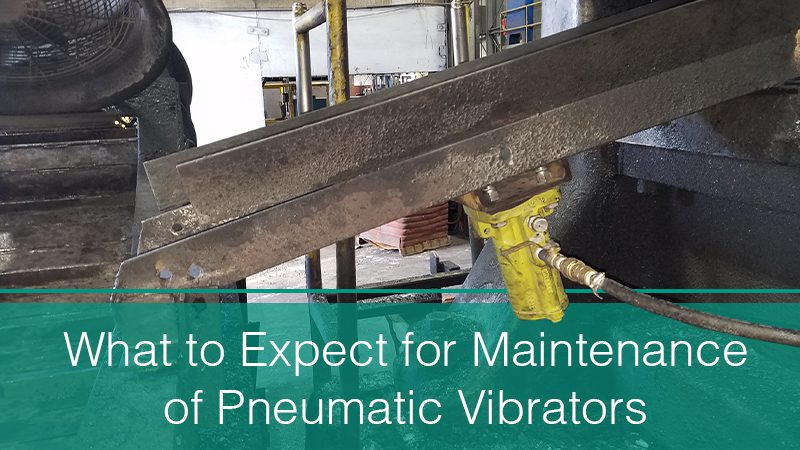
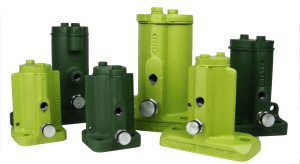
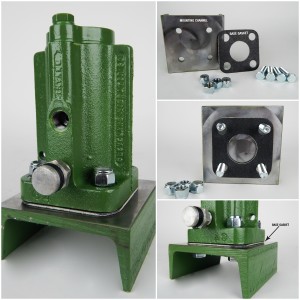
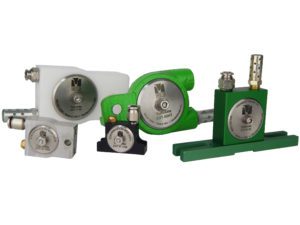
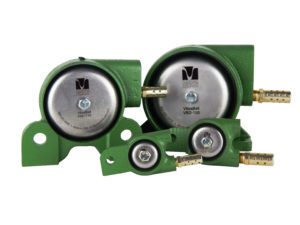
3 Responses to What to Expect for Maintenance of Your Pneumatic Vibrator